There can be your advertisement
300x150
Did You Know About These 6 Bathroom Innovations?
In this post, we've gathered innovations and the latest developments from bathroom equipment manufacturers. It's amazing that many of them are not widely known.
1. Anti-Grime Coatings
They make it easier to keep bathroom fixtures and shower glass clean.
How It Works. Shower glass is treated with a transparent hydrophobic coating based on fluoropolymer compounds (by the way, the idea was borrowed from car owners, for whom clean and clear glass is more about safety than aesthetics). A similar coating is also used for sanitary fixtures.
After such treatment, dust and dirt do not accumulate on shower glass and bathroom fixtures, water droplets easily slide down without leaving streaks or rings. Instead of using various household cleaning product bottles, only a damp cloth is needed now.
Drawbacks. Eventually, the treated surfaces lose their protection: all coatings wear out over time. However, if the sanitary fixtures are only treated by the factory method, the shower glass can still be coated with a hydrophobic agent even after several years of use.
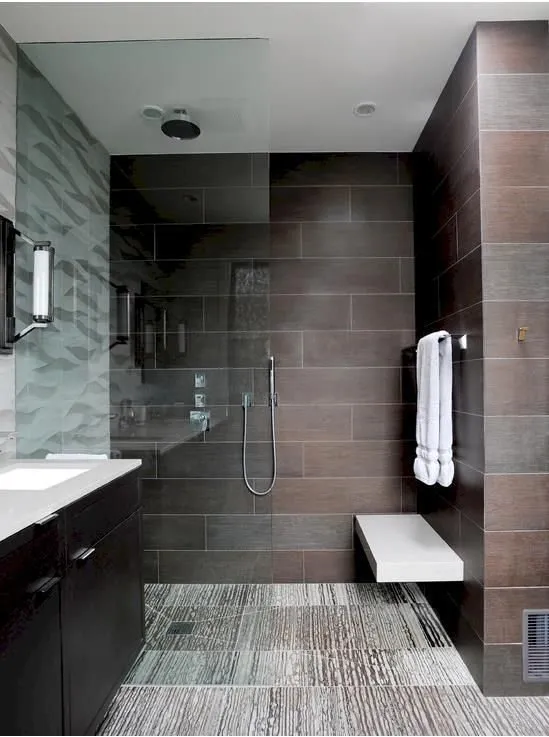
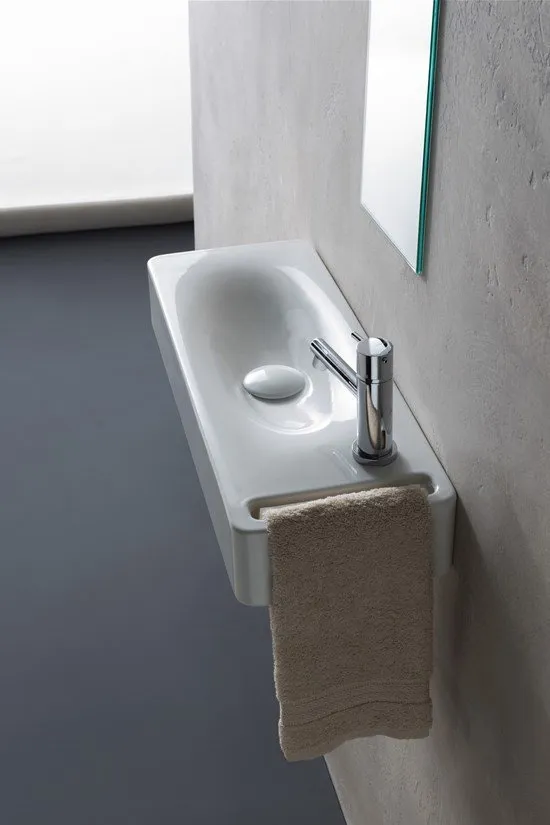
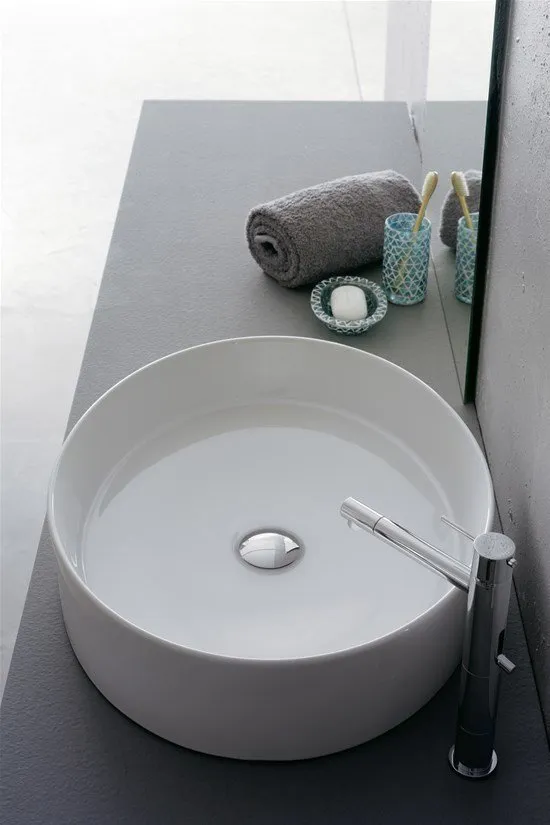
2. Rimless Toilet Models
For the sake of saving space, the area under the rim of a toilet is often not glazed. As a result, dirt accumulates there, and rust forms over time. These problems don’t occur with rimless toilets.
How It Works. The main difference between these models and regular ones is the absence of a rim, which means no hard-to-reach cleaning zones. During flushing, a special splitter directs water in such a way that it washes the entire surface of the toilet bowl. This design is convenient, hygienic, and easy to clean.
Drawbacks. In some models, the flushing system is not perfectly designed; water does not cover the entire bowl and splashes occur.
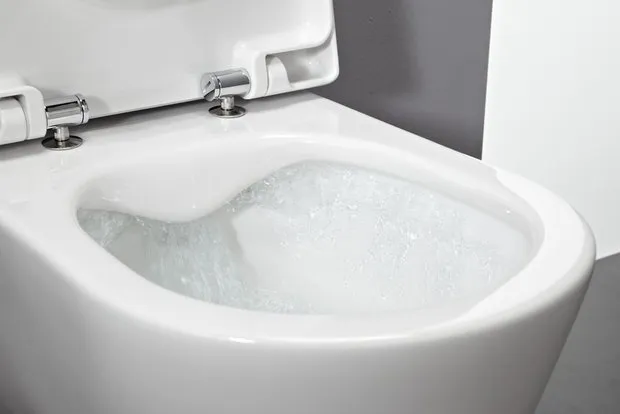
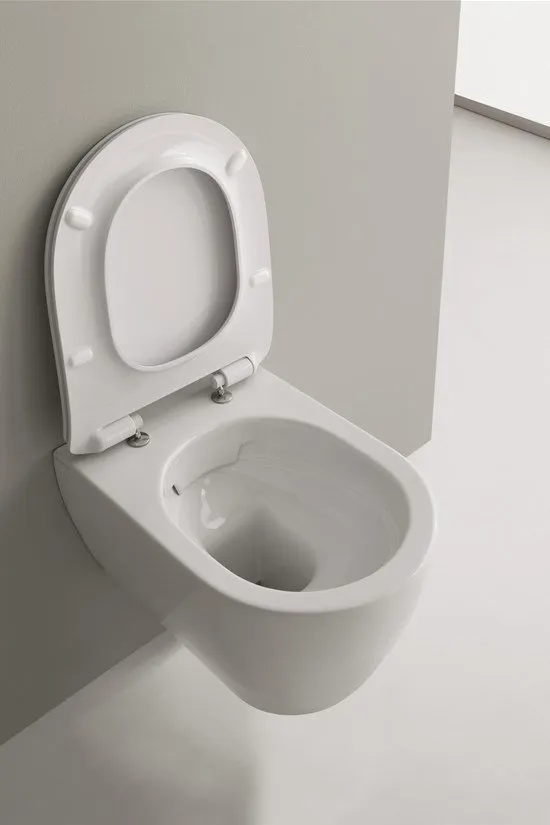

3. Anti-Slip Coatings for Baths and Shower Trays
If there are small children, elderly people, or very clumsy individuals in the family, such coatings can make hygiene procedures safer in slippery areas.
How It Works. The bath or shower tray undergoes additional chemical treatment. As a result, the bottom of the item gains a fine uniform texture and becomes rough, non-slip, and safe.
Drawbacks. It's harder to maintain surfaces treated this way: pores open up, they can clog, discolor, or yellow. To avoid this, it's better not to use abrasive cleaning products and bath salts with dyes.

4. Adjustable Height for Wall-Hung Toilets
The height at which the toilet is installed is fixed during installation and cannot be changed after the module is sealed into the wall. Today, it's possible to adjust this height even after installation.
How It Works. The standard height used globally for installing wall-hung toilets is 40 centimeters above the finished floor level. In some types of sanitary blocks (also called plumbing terminals), which are self-supporting structures mounted on the wall rather than inside it, the technical elements are hidden behind an outer panel. A simple mechanism allows adjusting the toilet height within an eight-centimeter range.
Drawbacks. High cost of such systems.
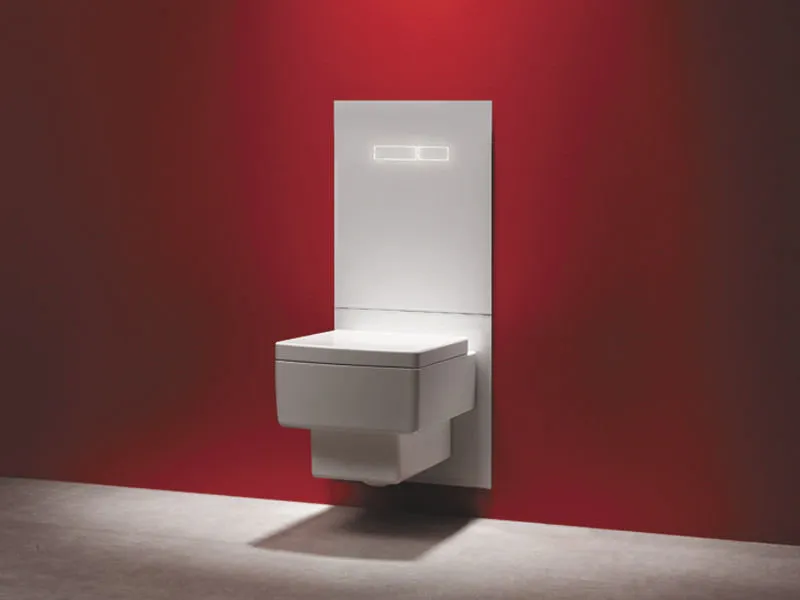
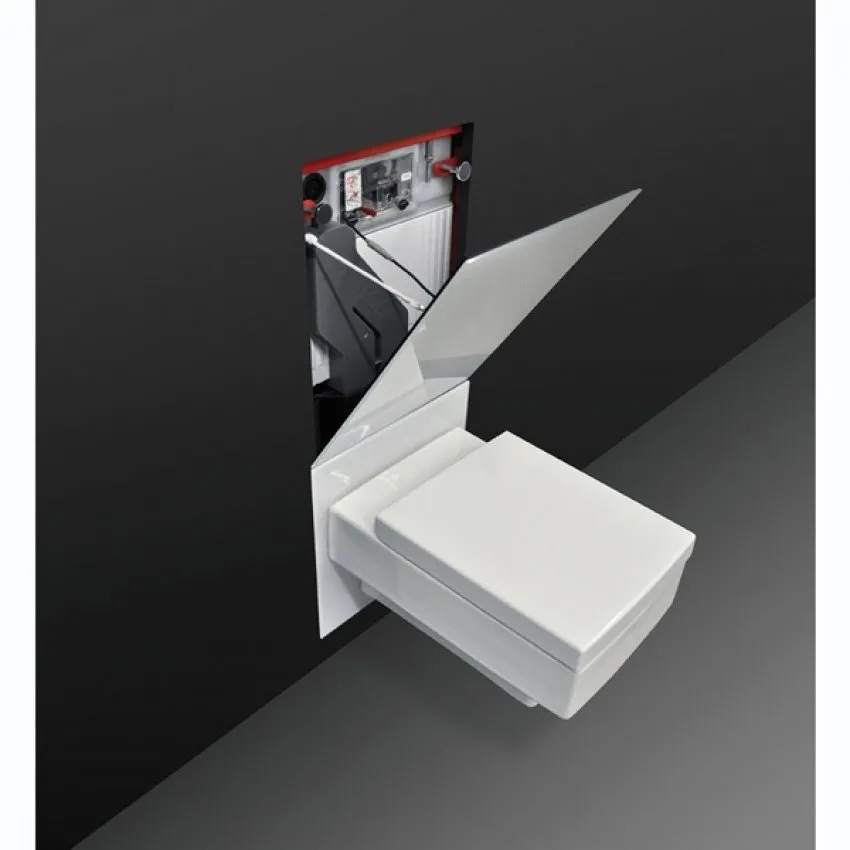
5. Odor Removal System
Available for specific models of wall-hung toilet installations. A great alternative to noisy active ventilation in the bathroom and air fresheners.
How It Works. The first version of this system works by continuously removing odors from the toilet to the ventilation shaft through a sanitary trap in the installation.
The second version uses a charcoal filter. After activating the flush button, the system draws in air through an air duct, passes it through a charcoal filter, and returns the filtered odor-free air to the room. The energy consumption of the charcoal air filtration system is much lower than that of active bathroom ventilation. The filter needs to be replaced once a year on average.
Drawbacks. If the ventilation is weak and doesn't pull well, the odor removal system may not be effective.
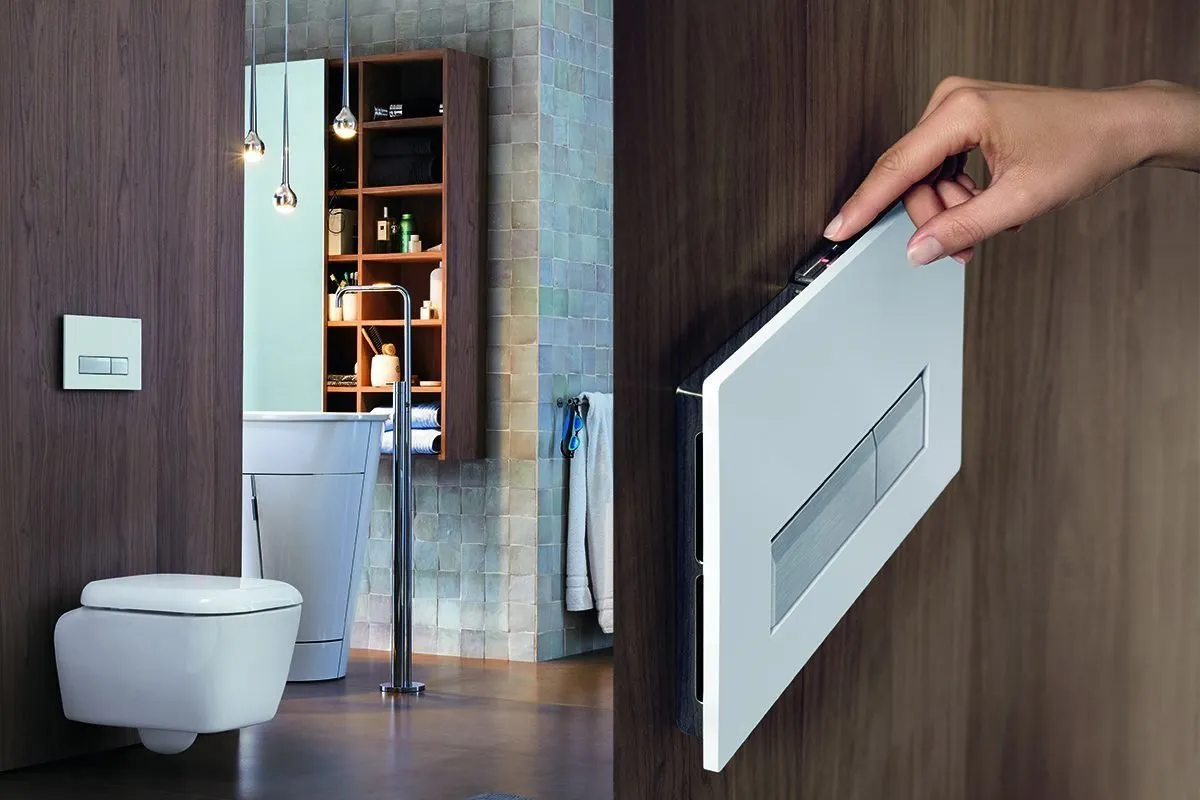
6. Adjustable-Length Shower Drain
Linear drainage channels (or drains) are a stylish and very convenient solution. If the floor in the shower is intended for tile or mosaic of different sizes than the drain width, and perfectionism forbids making extra cuts – why not cut off the unnecessary length of the drain?
How It Works. The excess part is cut using a special guide and a regular saw, sealed, and closed with plugs. Everything necessary comes in the package.
Drawbacks. This technology is not available for all types of shower drains.

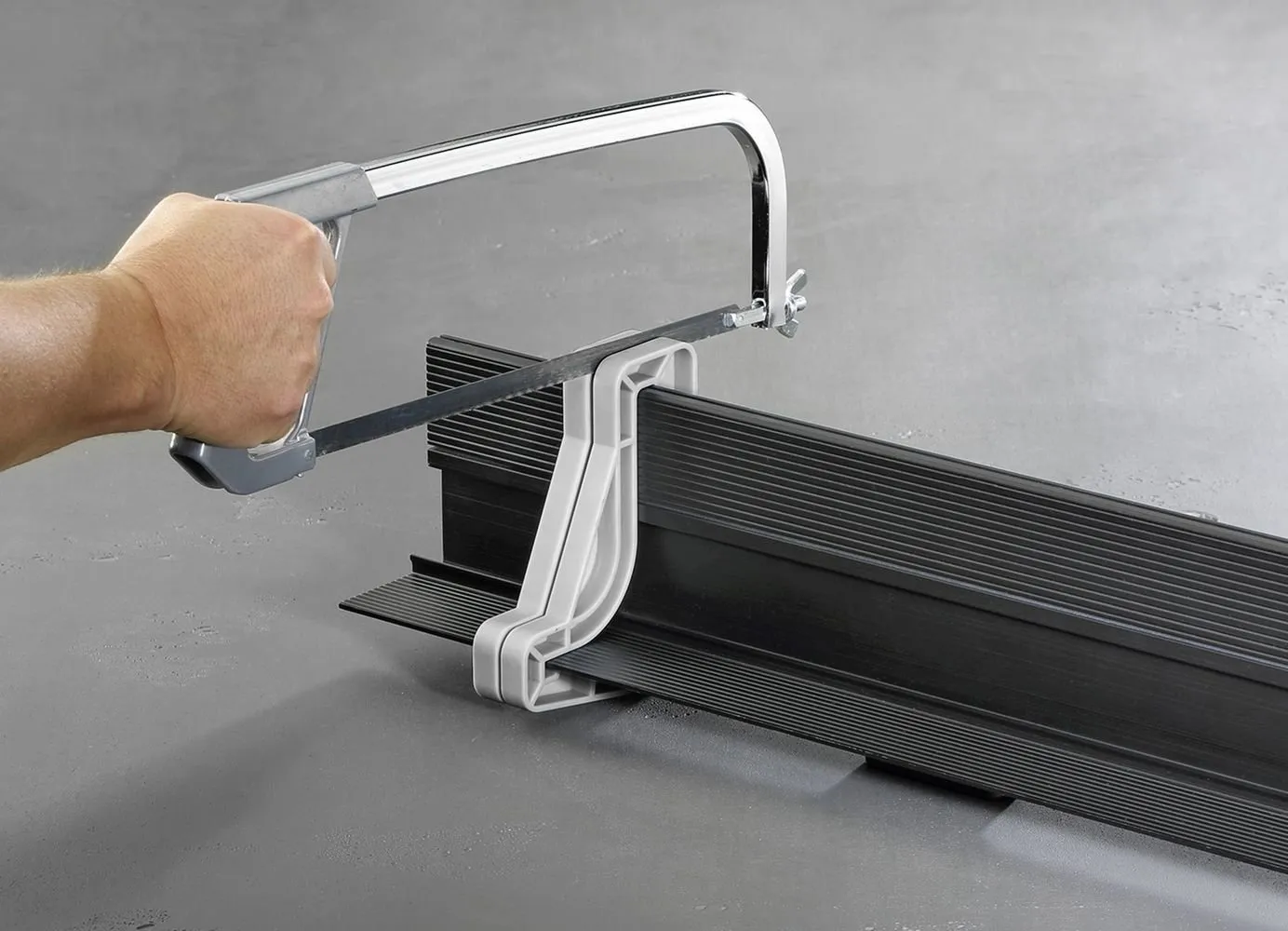
More articles:
 3 Questions to Ask Yourself Before Buying an Apartment
3 Questions to Ask Yourself Before Buying an Apartment Too Cheap Apartment: Deal or Trap?
Too Cheap Apartment: Deal or Trap? Making Renovation in New Construction: 4 Variants for a 2-Room Apartment
Making Renovation in New Construction: 4 Variants for a 2-Room Apartment 5 Rules for Designers: Learn Them By Heart to Avoid Mistakes
5 Rules for Designers: Learn Them By Heart to Avoid Mistakes Homes of Designers and Architects: Provence and Russian Countryside Style
Homes of Designers and Architects: Provence and Russian Countryside Style 5 Rules of an Eco-Friendly Home: From Layout to Decoration
5 Rules of an Eco-Friendly Home: From Layout to Decoration April IKEA New Arrivals: For Home, Balcony, and Garden
April IKEA New Arrivals: For Home, Balcony, and Garden Is It Worth Investing in a Khrushchyovka?
Is It Worth Investing in a Khrushchyovka?